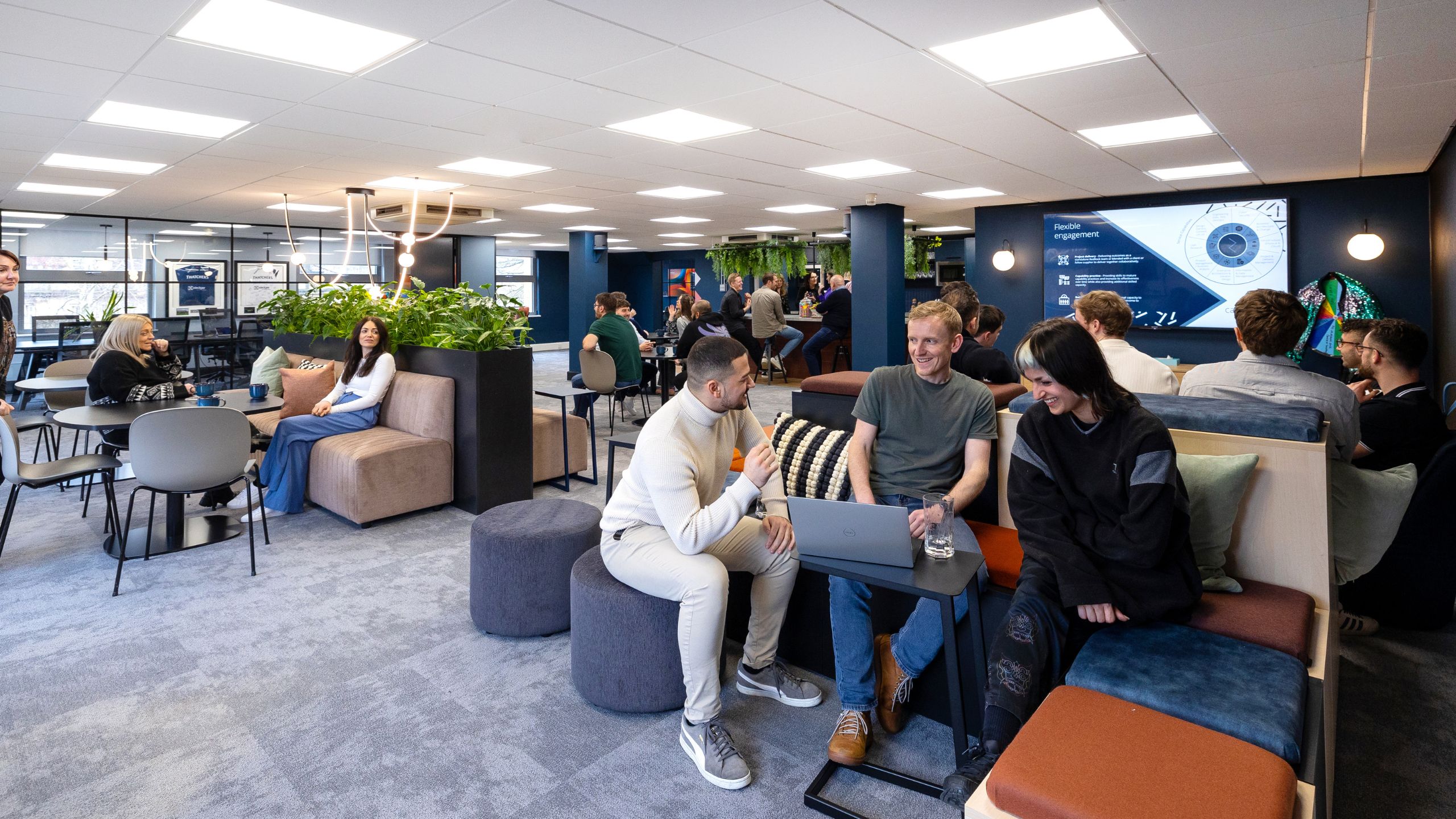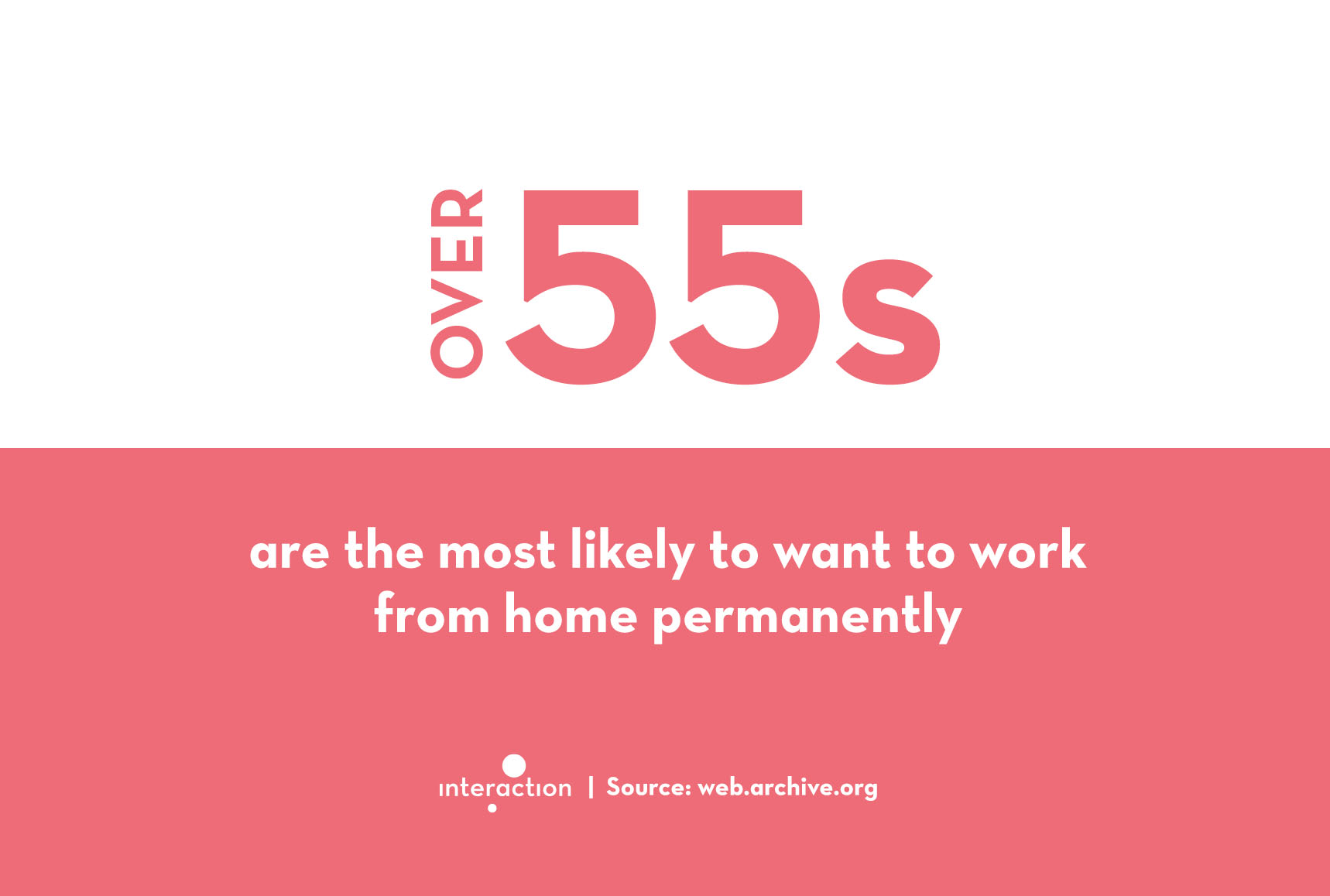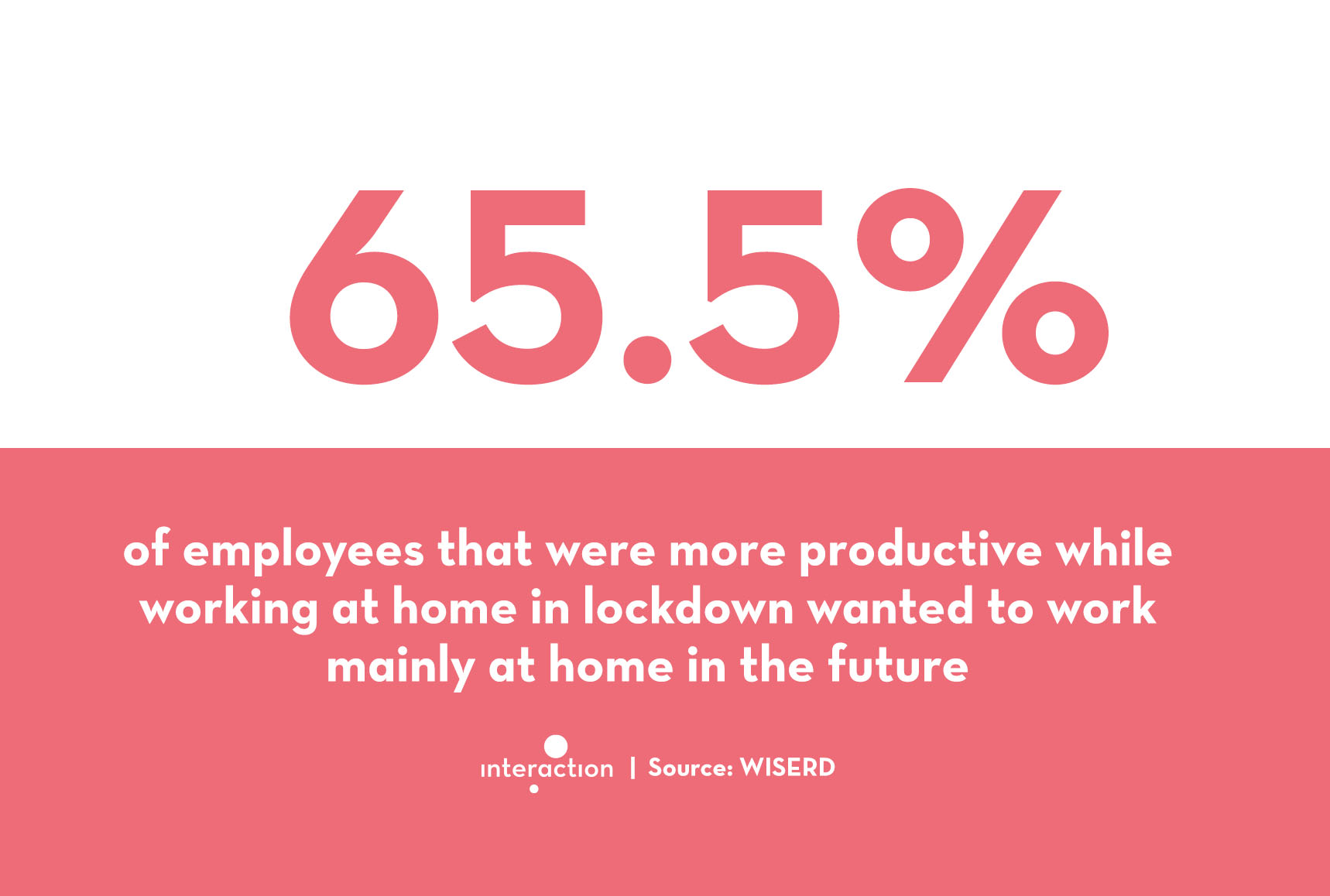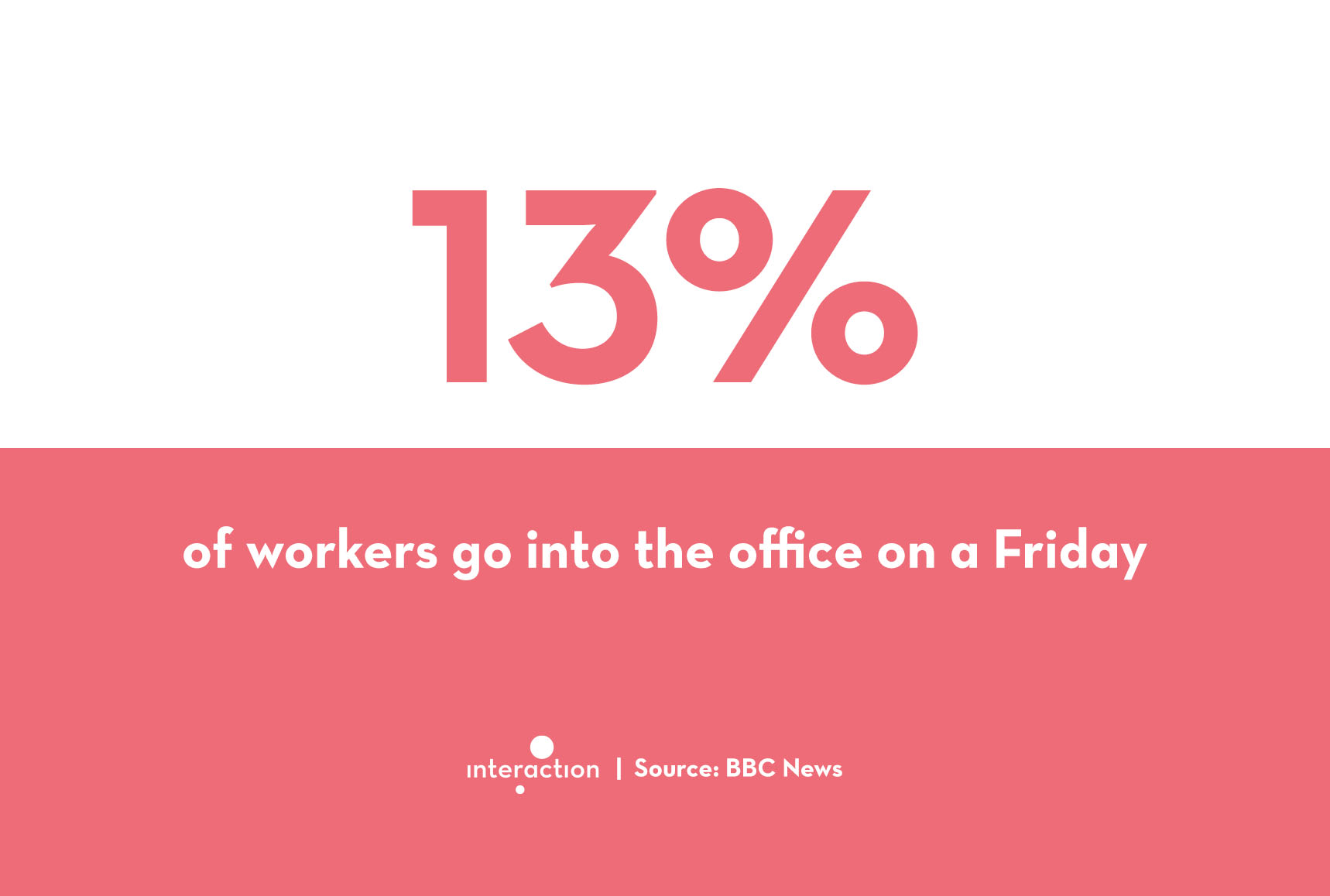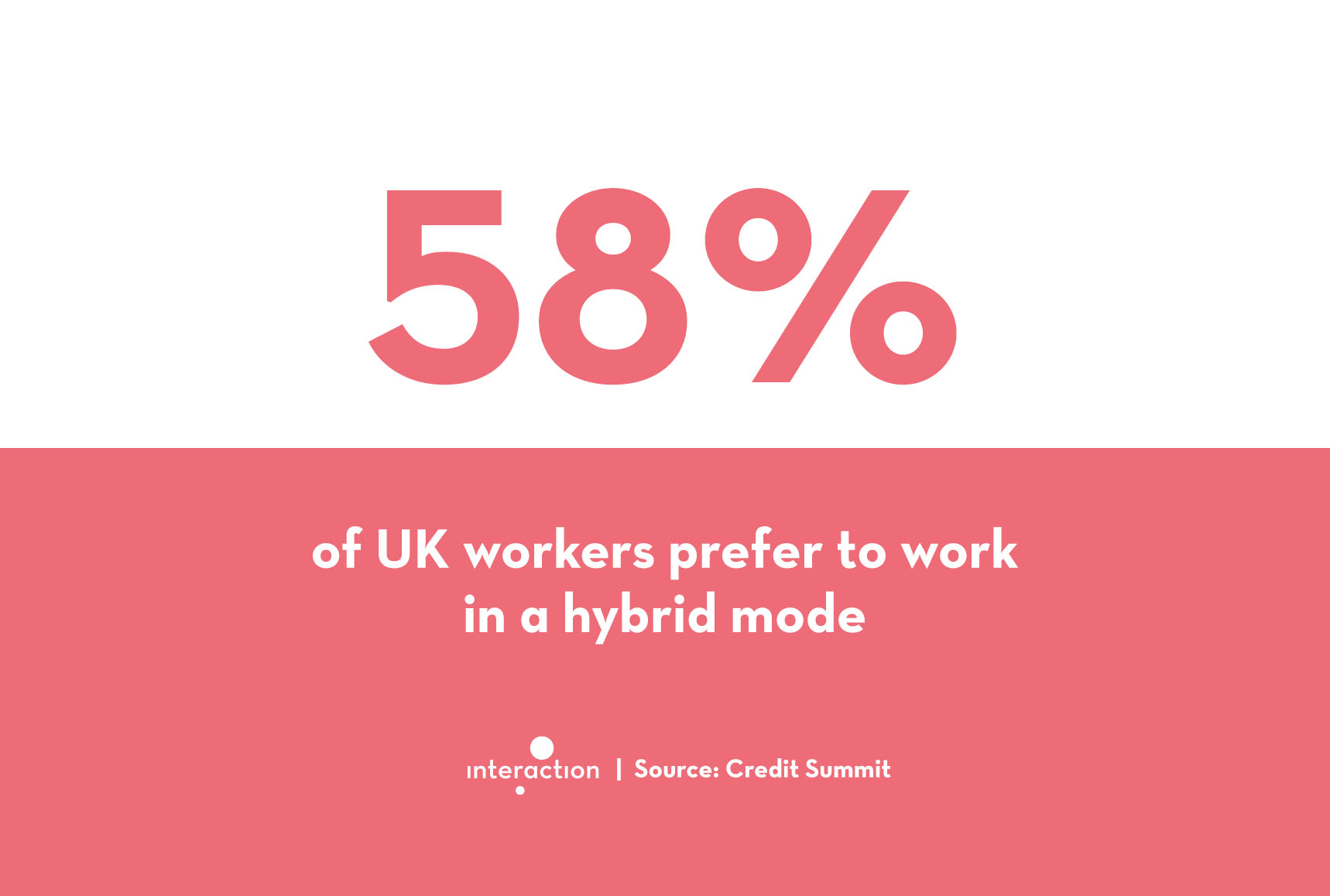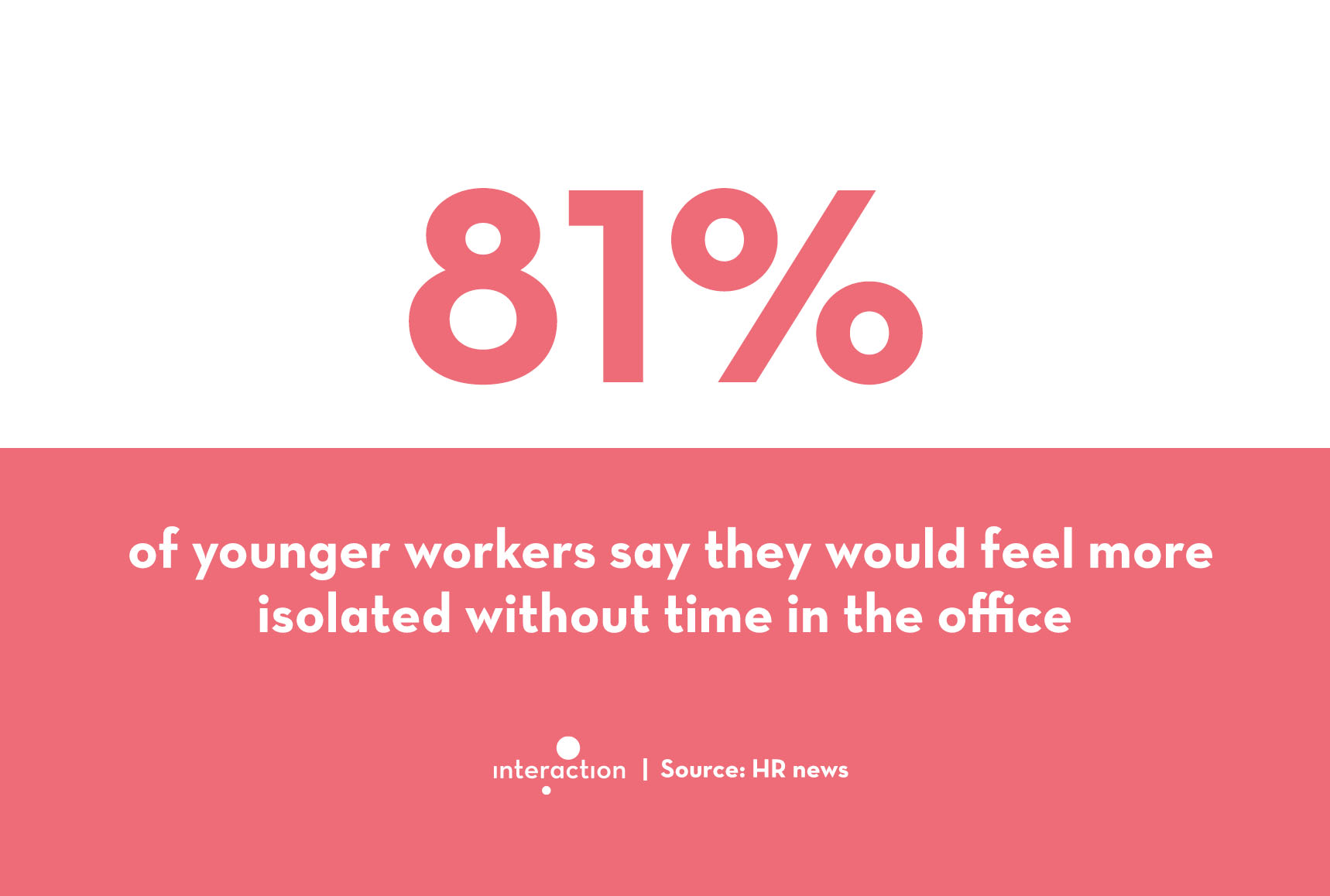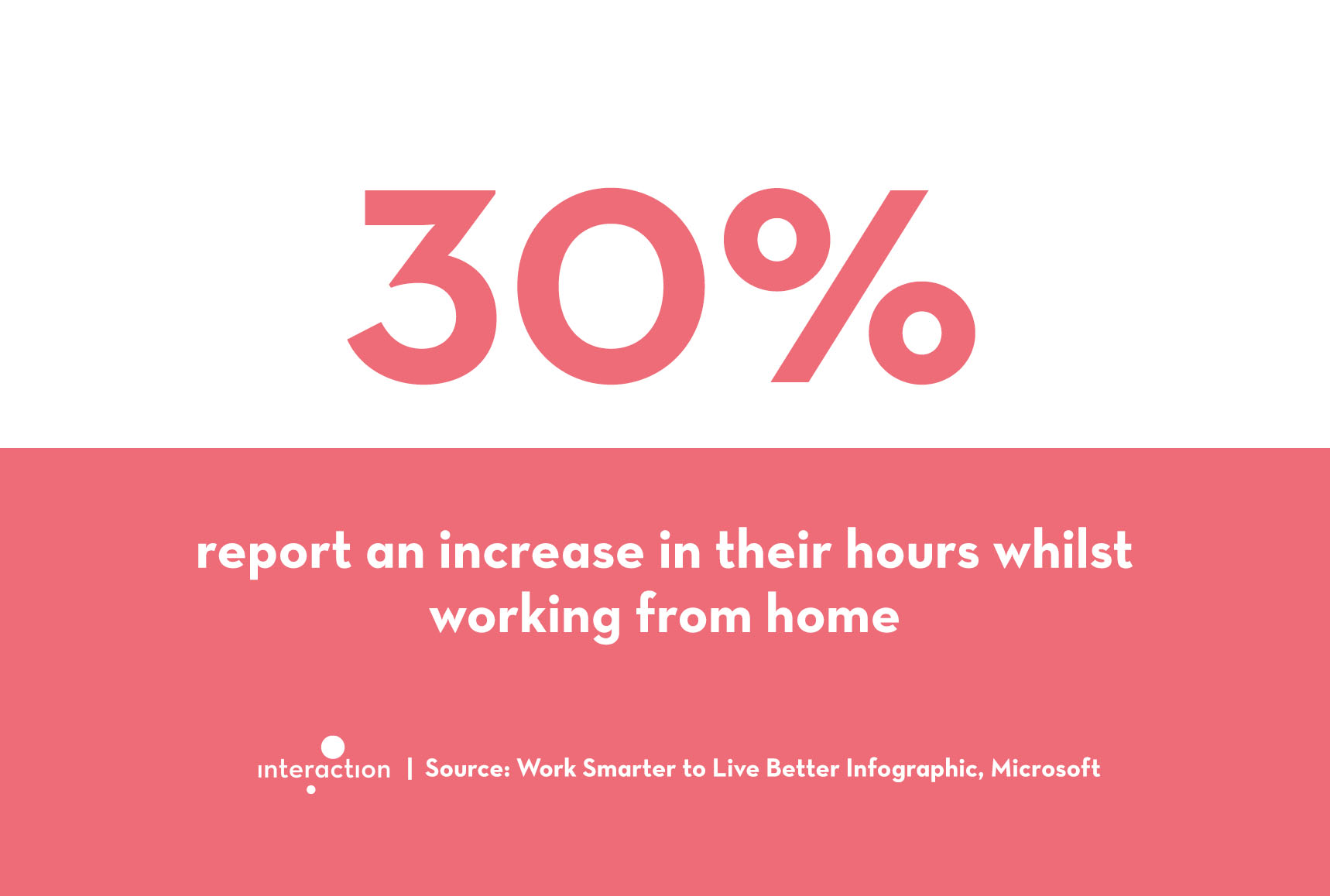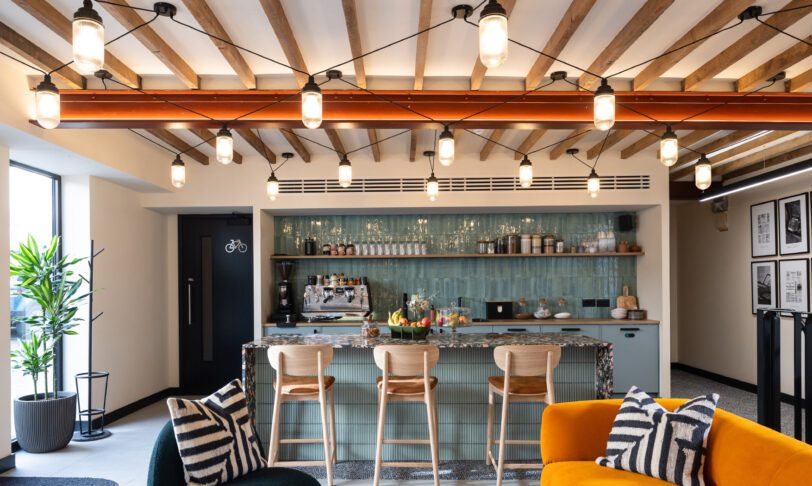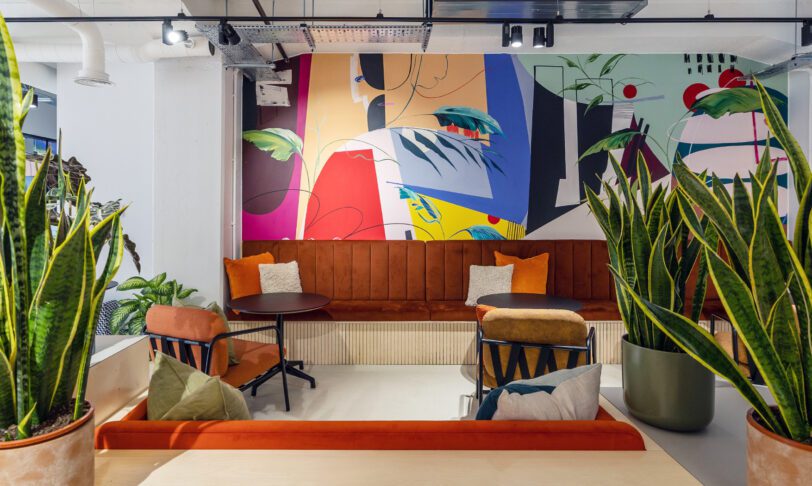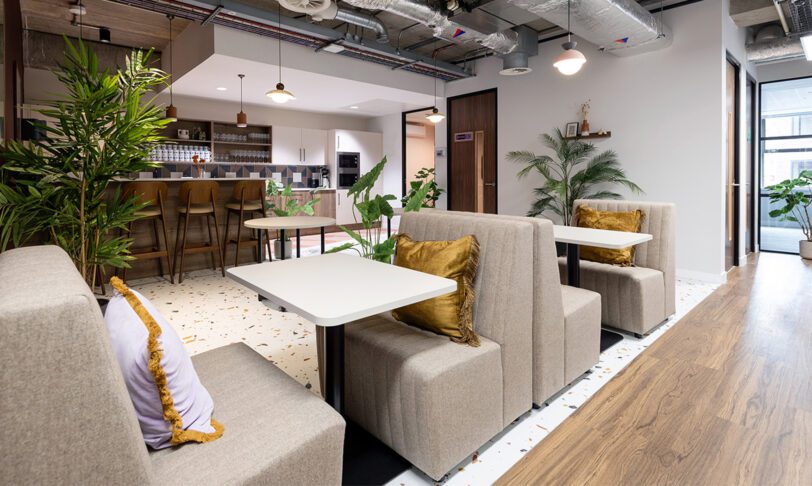Has the novelty of working from home finally worn off?
Four years after the pandemic, UK office occupancy rates are on the rise, reaching highs of 35.9%. However, they still fall short of pre-pandemic levels, which typically ranged between 60-80%. The recent data from Remit Consulting has left us wondering: what does the future of work look like?
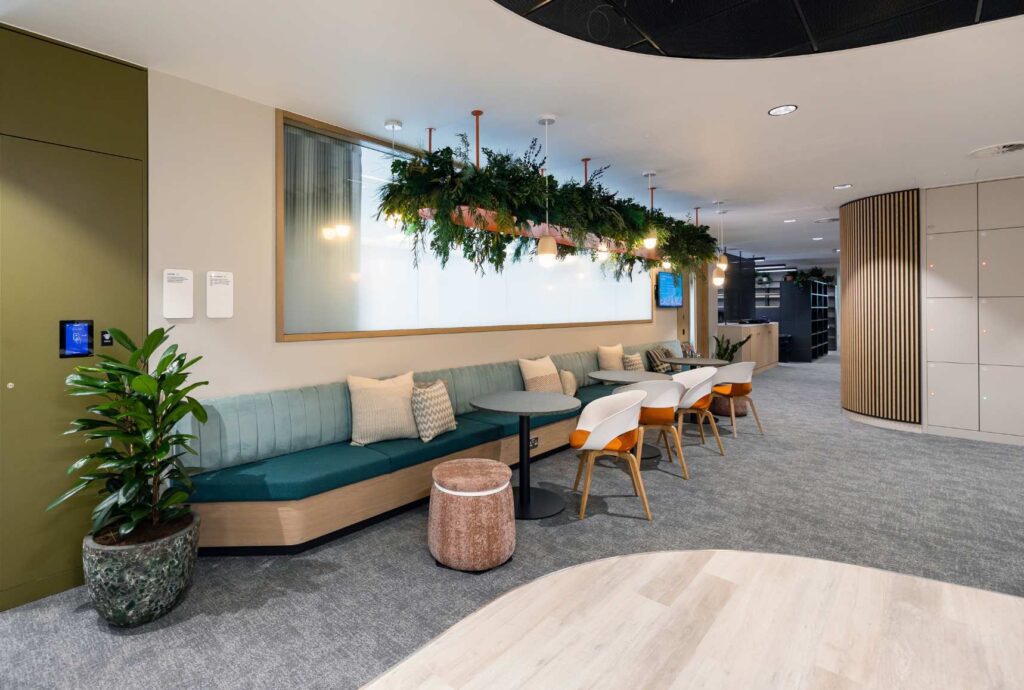
The landscape of traditional workspaces has undergone a significant transformation in recent years, a change driven largely by the pandemic. The newfound flexibility in remote work has been widely embraced by UK workers, with its permanence now generally acknowledged. Yet, amid this shift, there’s an ongoing conversation surrounding the effective integration of flexible work policies. Now, in Spring 2024, we are facing a pinch-point where challenges are emerging, underscoring the importance of devising strategies that ensure both employee satisfaction and business success.
As humans, we have an innate desire to be around living things and tend to be more productive and creative in this environment too. Today, an office must transcend being merely a workplace; it must offer a compelling destination experience that motivates employees to make the journey there. Has the novelty of working from home finally worn off?
The Stats
What employees want from the modern workplace
Flexibility: The pendulum has swung for work-life balance, and staff now tend to place more value on flexible working arrangements, allowing them to balance out-of-work commitments more effectively. The choice to work when you want gives employees a sense of autonomy and control and can increase job satisfaction.
Hybrid working: Pre-pandemic, a majority (57%) of companies operated solely from the office, but now, only 40% remain fully office-based, highlighting the widespread adoption of hybrid models. Again, this push towards greater employee satisfaction and autonomy is a main driver here, and as a result, the office must facilitate seamless hybrid work.
Collaborative workspaces: With hybrid work widespread, the role of the office has changed. It needs to offer what remote work cannot. Dynamic, collaborative zones are miles apart from their virtual counterpart, and offer true value to employees. Consider adding co-working style zones, high benches for brainstorming, small meeting rooms, and their larger equivalent.
Wellbeing: Organisations can set up initiatives to support all forms of wellbeing in the workplace. By providing natural light, ergonomic furniture, biophilic design and workout facilities, the workplace offers more than just a desk, and certainly more than what the home office may boast.
Additional amenities: Prayer rooms, quiet rooms, Yoga studios and outdoor spaces support the fundamental needs of employees, and offer an extra reason to make the journey into the office every day. This all factors into your EVP, which you can read more about in our guide to EVP and attracting talent.
Advanced technology infrastructure: Essential for supporting remote collaboration, robust and seamless tech is found in every great workplace. Meeting rooms must be equipped with screens, cameras, mics and cables to allow for stress-free hybrid meetings. Agile working is becoming increasingly more important to employees, so it’s important to provide a variety of workstations across the office which they have the choice to move between. Whether soft-seating, a phone booth, or a traditional desk, it’s got to be easy to keep connected as you move, with great Wi-Fi, charging points and even second screens.
Environmentally-friendly design: In today’s world, we are more concerned with sustainability than ever before, all aware that our decisions small or large play a part in the fate of the climate crisis. From using a bamboo toothbrush to ditching the car, sustainability is on all of our minds, and that doesn’t stop at the workplace. Energy-efficient offices, with sustainable finishes, and eco-friendly practices are of high importance. A report from Foster + Partners even claims that 90% of office employees believe a sustainable workplace is good for both the planet and their wellbeing. As a certified B Corp, we are perfectly aligned to deliver to your sustainability goals.
Workplace strategy experts
The current increase in office occupancy signals a shift towards a new era of work characterised by flexibility, collaboration, and holistic wellbeing. Embracing these changing workplace dynamics is crucial for organisations seeking to attract more employees back to the office. For more workplace strategy from us, why not sign up to our newsletter, where you’ll be informed about discussion-based events, current insights, and our work.
